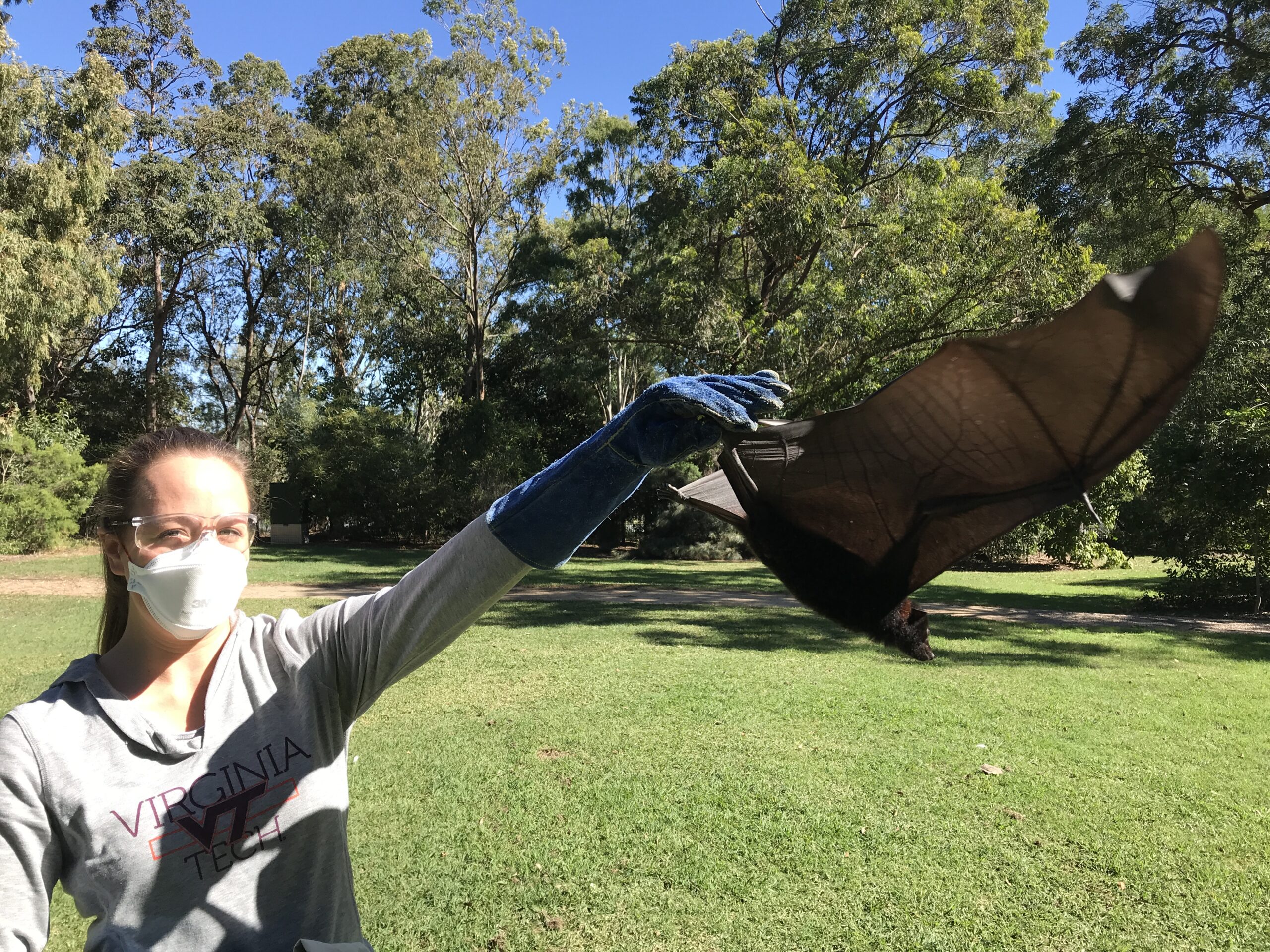Bats deserve more than just a few weeks in the limelight each Halloween. The flying mammals are critical pollinators and pest control agents, according to Tamika Lunn, a disease ecologist and new assistant professor at the Odum School of Ecology.
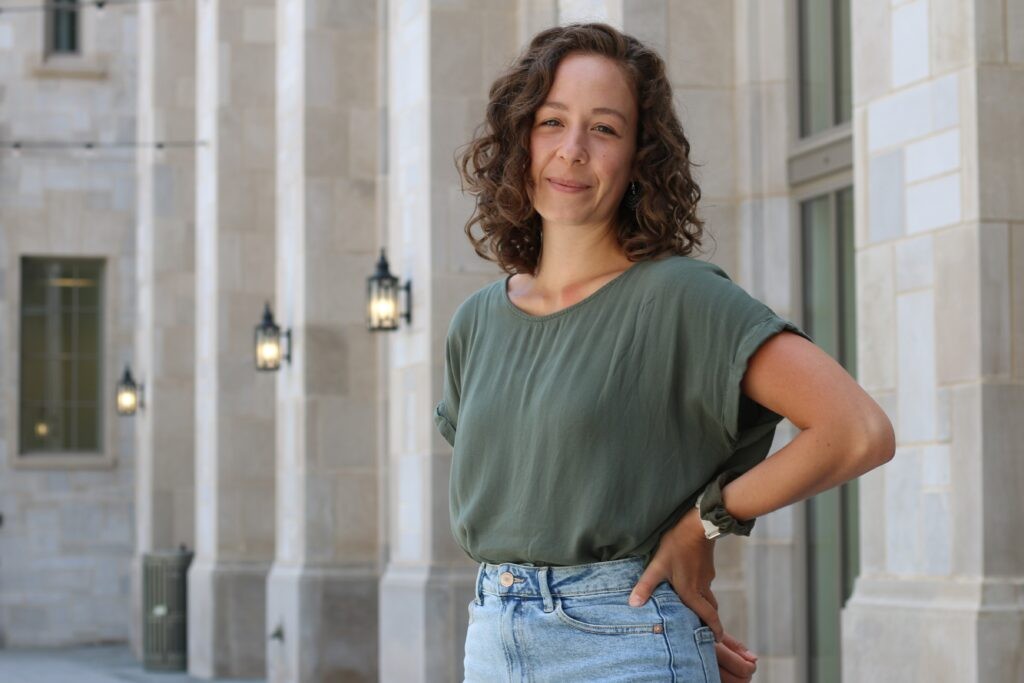
Lunn’s research focuses on bats, and a central thread explores why, when and where animals become infected with pathogens, to predict and prevent spillover of diseases to humans. Her research by nature intersects with many other disciplines. In studying zoonotic spillover (diseases that can complete their life cycles in animals, but can be transmitted to humans), she has to work with experts in human behavior, animal behavior, virology, mathematics and more. But collaboration is also simply something she loves.
“The sharing of thoughts and ideas is something really enjoyable about science,” said Lunn. “I’m excited about the Odum School of Ecology, because it has a great reputation for disease ecology and ecology more broadly.”
But it was a long path to Athens—and a career in science itself.
Science beyond school
Lunn grew up on the Australian island-state of Tasmania, and though she spent her summers camping with family and “always loved the outdoors,” she never considered science as a career.
“I grew up in a working-class town so I was exposed to more traditional jobs, like trades, or teaching and nursing,” explained Lunn. “I didn’t know that science could even be a job. It was a topic in school.”
But she did want to work with animals. “My great ambition was to be a veterinary nurse’s assistant,” she said.
But once she realized science was something she could pursue, she was hooked. She gained her Bachelor of Science with Honours, the Aussie equivalent of a combined bachelor and master’s, at the University of Tasmania.
Her honors thesis focused on platypus, and she’d originally intended to examine research questions related to a fungal disease that causes skin lesions and mortality. Unluckily for Lunn—but perhaps good for the platypus population—none of the animals she caught were infected.
“We decided to look at the effect of timber harvesting on the stream ecosystem and habitat suitability for platypus, and what impact, if any, this had on their stream use and population health,” Lunn said. “We didn’t detect any effect on platypus. This led us to believe that platypuses are fairly resilient.”
Though she had to pivot lines of research, the experience was formative.
“That was my first introduction to really leading my own research project and exploring questions that I was interested in,” she said. She called on those skills for her Ph.D. at Griffith University and subsequent postdoc at the University of Arkansas.
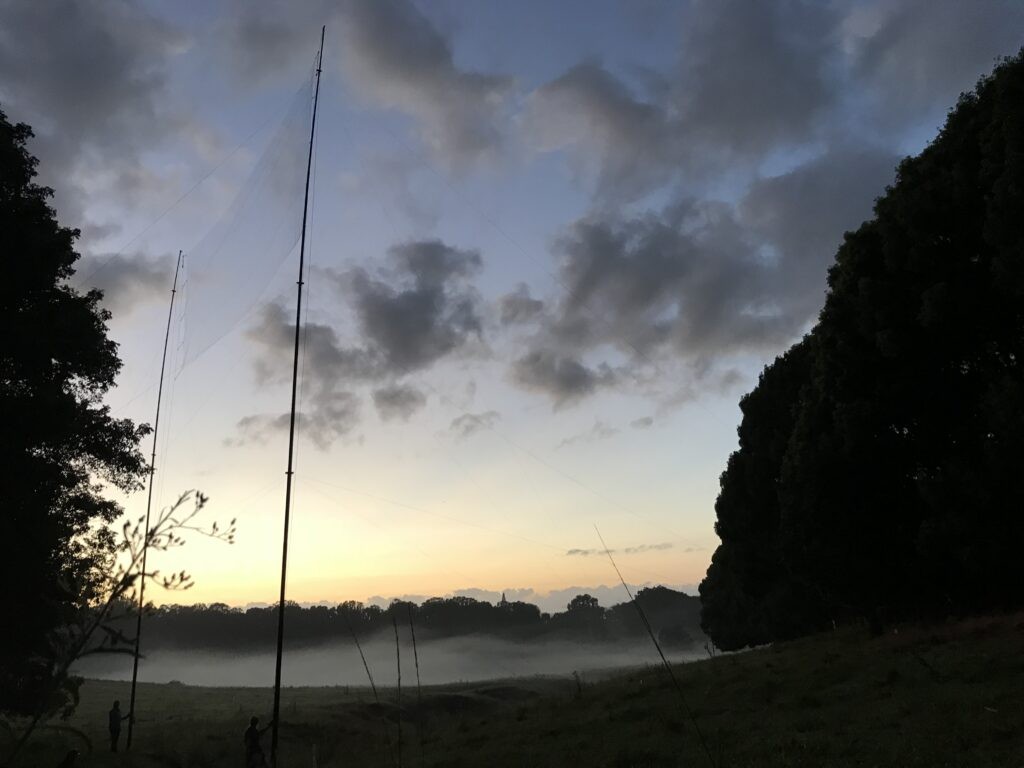
Bat research in the pandemic age
For both, she studied bats, first examining Hendra virus in large flying foxes and then switching to small insectivorous bats in Africa, with a focus on coronaviruses and an ebolavirus (Bombali virus). She said—only partly joking—that she made the swap to bats because the animals are much easier to catch than the notoriously elusive platypus, but both her Ph.D. and postdoc offered the opportunity to study disease ecology at greater length.
“For my postdoc, I was able to work with two extra virus groups that are really interesting in the infectious disease world that I hadn’t previously worked with,” she said.
She’d love to continue the work begun in Kenya on the interface between humans and bats, and what’s changing those interactions. Understanding zoonotic spillover is complex work.
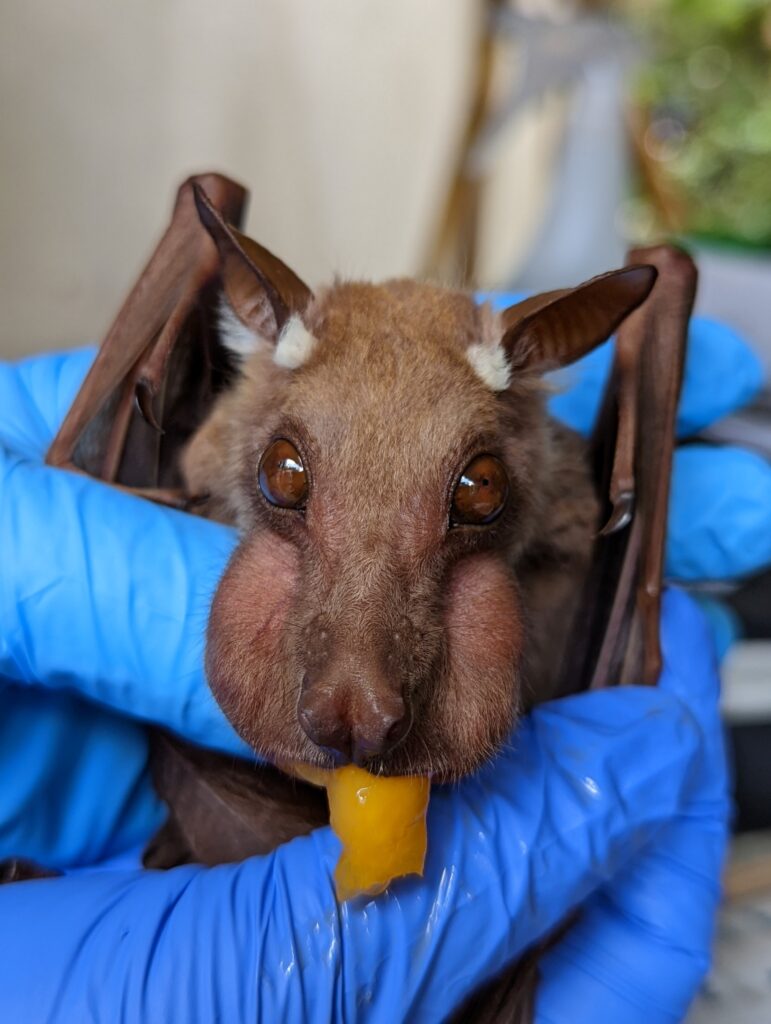
“There are multiple requirements for spillover. You need to understand the distribution and density of the species, when and where they are infected, how long the virus can survive in the environment after it’s shed, if it’s coming into contact with humans,” Lunn said. “There’s also whether that virus can invade human cells and become established in the human body. Everything has to align perfectly in space and time for the pathogen to spill over. From an ecological perspective, spillover is incredibly unlikely.”
All those factors make her field hard to understand for the average layperson. But the COVID-19 pandemic contextualized her work for family and friends, who were unflaggingly supportive but didn’t necessarily understand why it’s important to study coronaviruses in insectivorous bats. Suddenly, the real-world value of Lunn’s work seemed self-evident.
And like many disease ecologists, she was able to offer her two cents on headlines and trends, rendering a scary time a little more understandable for her circle.
“Friends would often come to me with questions about COVID or coronaviruses,” she shared. “Maybe scientists predicted that X was going to happen, but it didn’t. So were they wrong? I was able to explain that we acted on that prediction, so that changed the future. If we hadn’t acted on it, their prediction might have come true.”
Supporting species
Now, Lunn can’t wait to tackle new research with colleagues across Odum.
“There are so many great researchers that work from the Odum School. It’s really rare to get that number of people working on ecology in one space. Typically at a university, you might have a biology department and there might be a couple of ecologists, maybe one disease ecologist.”
“Dr. Lunn brings a fascinating and important new dimension to our research and teaching in the Odum School,” said Mark Hunter, dean. “Her work on bats is critical to understanding pathogen spillover while providing important information for bat conservation efforts.”
“At the River Basin Center, for example, they’re working on river ecosystems that bats are naturally connected to,” said Lunn. “Riparian areas are especially important for bats because they provide drinking water, high-quality foraging habitat, and high-quality roosting habitat. So it’d be really interesting to connect with the people working in that space as well.”
She’d also love to work with colleagues at the Savannah River Ecology Lab, a perfect spot to conduct her research.
She’d love to collaborate beyond Odum, too.
And in all her work, she wants to make sure conservation stays front and center. Sometimes, highlighting pathogens that a particular animal hosts can create tension between humans and wildlife. That’s something Lunn wants to mitigate through clear messaging about the value of her study systems and species.

For anyone who enjoys a margarita on the weekend, for instance, she’s quick to point out that the agave in the drink’s signature tequila is pollinated by migratory bats.
“In my research, I try to give back positively to a species,” she said. “Even doing things like advancing basic ecological knowledge is really important.”
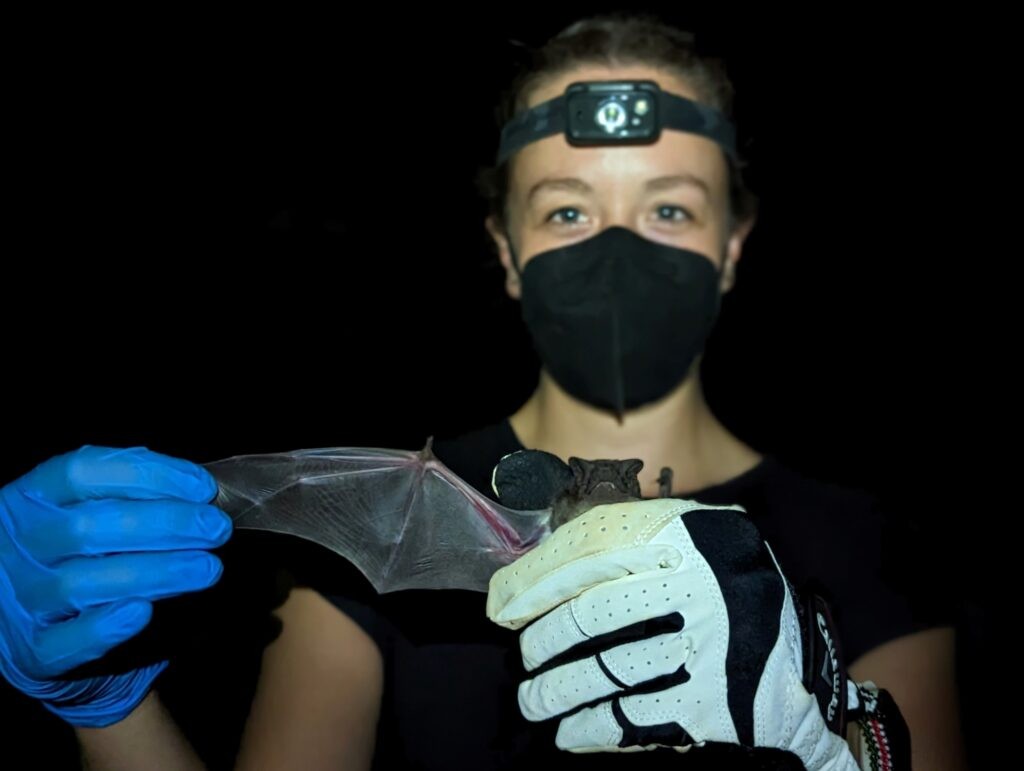
Editor’s note: All bats were handled with proper permits, training and vaccinations.

